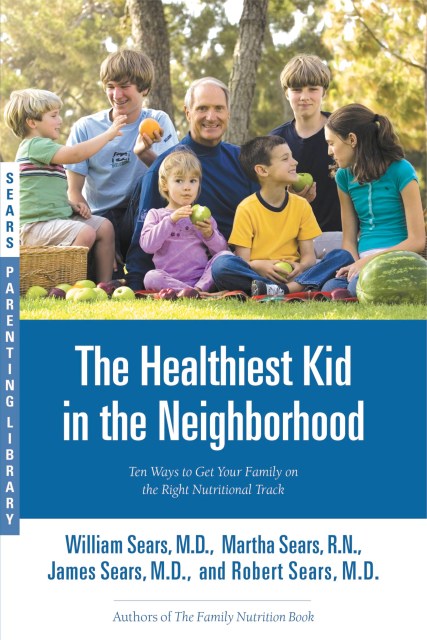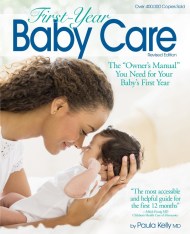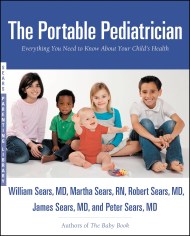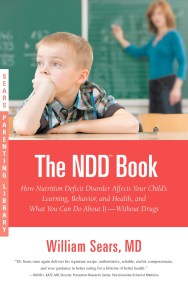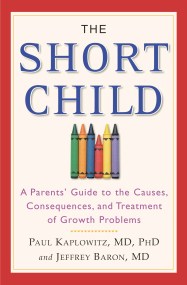About the Author
William Sears, M.D., and Martha Sears, R.N. are the parents of eight children, eleven grandchildren, and two great grandchildren, and the authors of 45 best-selling books on parenting and family health. They are the pediatric experts on whom American parents increasingly rely for advice and information on all aspects of pregnancy, birth, child care, and family nutrition. Dr. Bill received his pediatric training at Harvard Medical School’s Boston Children’s Hospital and Toronto’s Hospital for Sick Children, the largest children’s hospital in the world, where he was Associate Ward Chief of the pediatric intensive care unit. He was also the Chief of Pediatrics at Toronto Western Hospital, a teaching hospital of the University of Toronto. He has practiced pediatrics for more than fifty years, and is the founder of AskDrSears.com and the Dr. Sears Wellness Institute, which has certified over 12,000 health coaches around the world. He has served as voluntary professor at the University of Toronto, the University of South Carolina, the University of Southern California’s Keck School of Medicine, and the University of California, Irvine. Dr. Sears’ contribution to family health was featured on the cover of Time magazine in 2012. Martha Sears is a registered nurse, former certified lactation consultant of IBCLC, and childbirth educator.
Robert W. Sears, MD, is also a pediatrician in private practice in Southern California. Dr. Bob received his medical degree from Georgetown University and completed his pediatric training at Children’s Hospital Los Angeles. He has coauthored six books in the Sears Parenting Library, including The Baby Book and The Allergy Book. He is also the author of The Vaccine Book and The Autism Book. He frequently speaks to parents and doctors about children’s health. He has three grown sons, two grandchildren, and lives with his wife in Dana Point, California.
James Sears, MD, is a pediatrician and former cohost of the popular TV show The Doctors, a spin-off of Dr. Phil. Dr. Jim received his medical degree from Saint Louis University School of Medicine and did his pediatric residency at Tod Children’s Hospital in Youngstown, Ohio. He frequently speaks to parenting groups around the country about children’s nutrition. He is the proud father of two children and resides and practices in Southern California.
askdrsears.com
Learn more about this author
